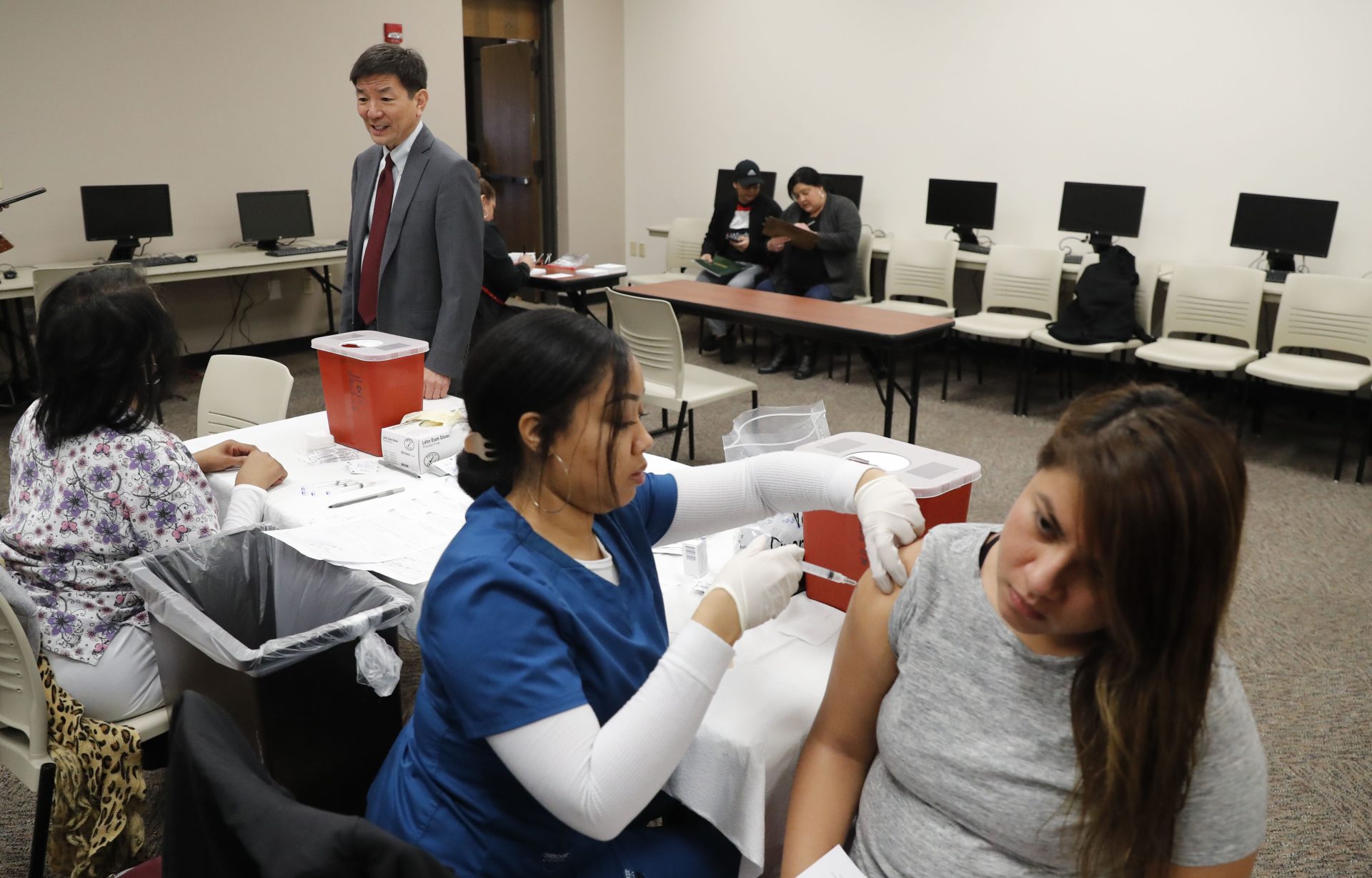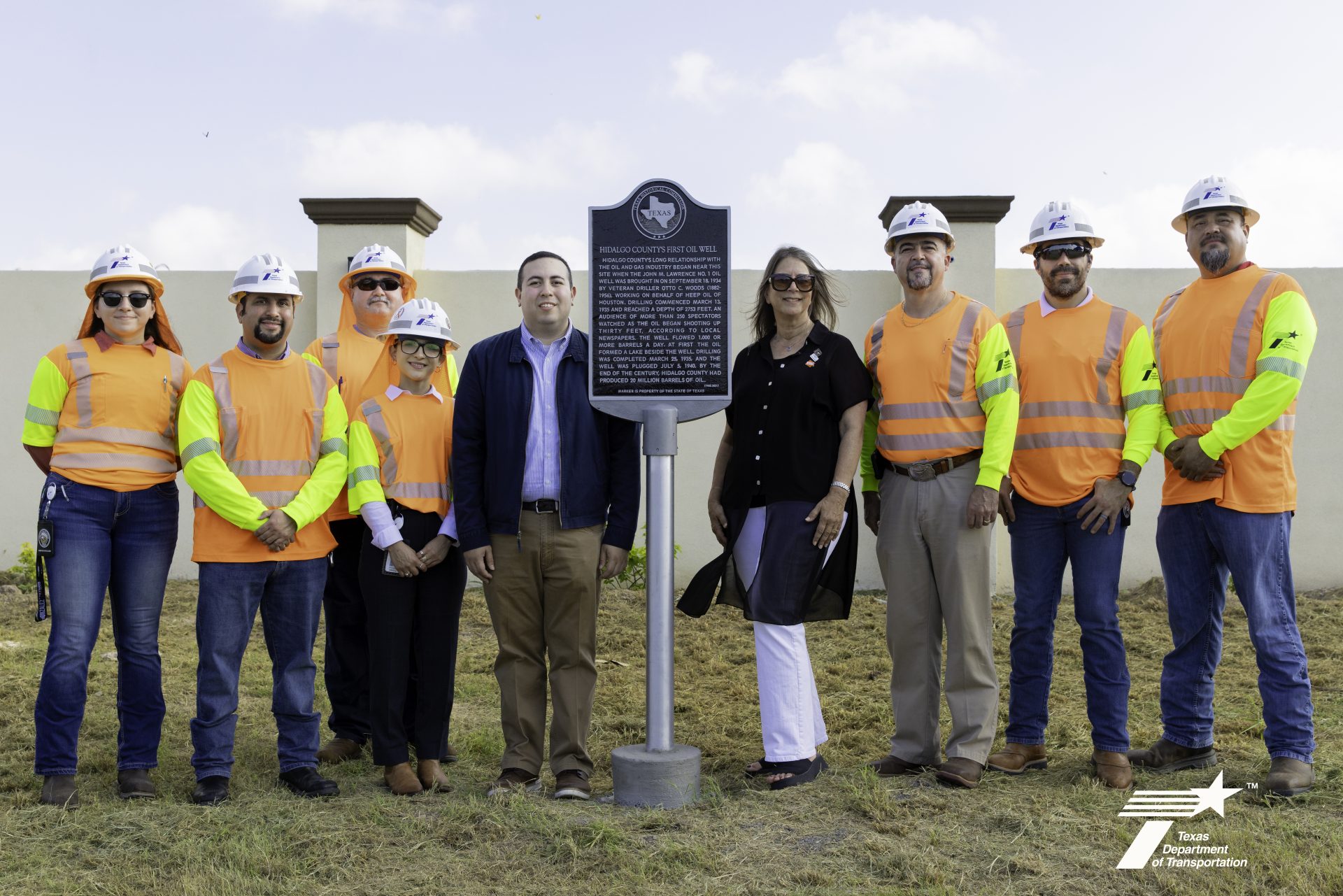BROWNSVILLE, Texas – The least likely future water supply strategies in Texas include reuse or direct potable reuse, desalination of brackish groundwater or seawater, and new reservoir construction.
That is according to a survey of 246 water utilities serving populations of all sizes throughout the state of Texas.
The 2024 Texas Water Capital Needs Survey was conducted jointly by the Texas Water Infrastructure Network and Collaborative Water Resolution (aka, Water Opinions). The two groups asked Texas water utilities to identify key areas of concern and needs driving their investment decisions.
The survey was developed and disseminated with assistance and participation from top water trade associations and nongovernmental organizations in Texas, including the Association of Water Board Directors Texas (AWBD), the American Water Works Association (AWWA) Texas Section, the Water Environment Association of Texas (WEAT), the Texas Rural Water Association (TRWA), the Texas Water Foundation (TWF), and the Texas Water Conservation Association (TWCA).
“This survey provides a timely snapshot of issues driving capital needs which can help serve as a roadmap to ensuring Texas will continue with our progress in prioritizing investment in our water infrastructure” said Perry Fowler, executive director of Texas Water Infrastructure Network.
Fowler said direct potable reuse was identified by 21% of the water utilities as a top water infrastructure need. Desalination of brackish groundwater or seawater was identified by 11 percent, and new reservoir construction by nine percent.
The top water infrastructure needs identified in the survey were for water treatment, water main (rehabilitation, repair, or replacement), and new or alternative water supplies. The greatest driver of future infrastructure projects was identified as being the need to replace aging infrastructure.
In the regions of Texas impacted by drought, 71% of water districts enacted conservation or drought contingency plans.
Overall, the top water supply strategies were conservation, 53%, water main repair and rehabilitation, 53%, and development of additional groundwater supplies, 36%.
Texas Water Infrastructure Network is a 501 C6 Texas-based trade association founded in 2013 to represent the state’s top water infrastructure construction companies and related businesses.
Collaborative Water Resolution (aka, Water Opinions) is an Austin-based water research and public opinion consultancy led by Dr. Todd Votteler.
The new survey is the fourth the two groups have completed in the last four years.
Legislature could do more
When asked if the Texas Legislature has allocated sufficient resources for water supplies and infrastructure and supplies, 70% answered “No.” The vast majority of those surveyed said they did not believe that the Legislature spent sufficient time addressing water policies to facilitate investment in Texas water supplies and infrastructure.
“The State of Texas dedicates a portion of its annual tax revenues to highways to ensure a consistent and reliable revenue stream,” Fowler said. “A resounding 81% of the water utilities in our survey believe that the State of Texas should do the same to fund future water infrastructure projects. This is a great example of how reliable funding could be structured to support water infrastructure.”
Other findings
Other key findings in the survey include:
- 92% reported that their current or projected revenues were stable or increasing.
- 81% responded that the current state of the economy and inflation rate had not impaired their ability to access affordable financing through the private sector, and that their current water rates were sufficient to fund their current and future capital programs.
- 76% had increased their budgets for construction costs due either to inflationary or supply chain issues.
- 63% had delayed projects.
Texas Water Fund
The survey found that the Texas Water Development Board is the preferred “go-to” entity for financial assistance. Sixty-eight percent of those surveyed indicated that they had applied for funding (state or federal) through the TWDB or would do so in the coming year.
The majority, 75%, expressed interest in applying for money from the new Texas Water Fund approved by the voters in 2023.
In 2023, the 88th Texas Legislature passed Senate Bill (SB) 28 and Senate Joint Resolution (SJR) 75 providing for the creation of the Texas Water Fund, a special fund in the state treasury outside the general revenue fund to be administered by the TWDB. In addition, SB 30 authorized a onetime, $1 billion supplemental appropriation of general revenue to the Texas Water Fund, contingent on enactment of SB 28 and approval of SJR 75 by voters. Proposition 6 (the proposition for SJR 75), creating the Texas Water Fund to assist in financing water projects in Texas, passed on November 7, 2023, with more than 77 percent in favor.
The Texas Water Fund is not a new financial assistance program itself; rather, it allows the TWDB to provide funding through certain existing financial assistance programs and the newly created New Water Supply Fund for Texas. The TWDB is working to implement the Texas Water Fund and is seeking stakeholder feedback to inform funding priorities as well as the administration of the programs to which funds may be transferred.
Sen. Hinojosa’s analysis
 State Sen. Juan Hinojosa
State Sen. Juan HinojosaIn an interview with the Rio Grande Guardian earlier this year, state Sen. Juan Hinojosa said the Legislature is taking the supply of water very seriously.
“We are taking the issue of water very seriously at the state level. It is a priority for the state,” Hinojosa said.
Hinojosa’s staff provided the Guardian with examples of the work being done at the state level, including background documents. Here are some of the key talking points provided by Hinojosa’s office:
“According to the 2022 State Water Plan, the population of Texas is projected to increase 73 percent between 2020 and 2070, from 29.7 million to 51.5 million.
“The report states, ‘Because the existing water supply is not enough to meet the future demand for water during times of drought, Texas would need 6.9 million acre-feet of additional water supplies, including in the form of water savings through conservation, to meet the demand for water in 2070.’
“This past regular session, the Legislature passed and the voters approved Proposition 6 for the Texas Water Fund. This authorized an initial investment of $1 billion, which will go towards financing new water supply projects and repairs of existing aging water infrastructure.
“The Texas Water Fund will provide funding for loans and grants that help communities across the state implement water supply and wastewater projects through existing TWDB programs. It will also support the newly created New Water Supply for Texas Fund, which is designed to implement innovative water supply strategies such as marine and brackish water desalination; oil and gas produced water treatment projects; and aquifer storage and recovery projects. Attached is the latest FAQ from the Water Development Board on Prop 6.”
Hinojosa’s staff also provided the following presentations from the Texas Water Development Board:
- State Water Implementation Fund for Texas
- The TWDB has committed more than $9 billion for dozens of state water plan projects in Texas through the SWIFT program, resulting in a savings of almost $1.2 billion for Texas water providers since the first funding cycle in 2015.
- Projects funded through SWIFT—transmission pipelines, major reservoirs, aquifer storage and recovery, canal linings, capacity expansions, groundwater wells, leak detection systems, water meter replacements, and wastewater reuse
- Texas Infrastructure Resiliency Fund
- The first state flood plan will be adopted by September 1, 2024.
- As of April 2022, the TWDB has committed more than $445 million for 131 projects through the Flood Infrastructure Fund (FIF) program, including early warning systems, watershed studies, match for federal programs, and a range of flood control and mitigation strategies.
- Hinojosa said there has been significant legislation and funding from the Legislature to the Texas Water Development Board. He gave these examples:
- 2011 – SB 660 and SJR 4 – Constitutional amendment approved by the voters in November 2011 authorizing TWDB to issue GO bonds for one or more accounts of the Texas Water Development Fund II such that the aggregate amount of bonds issued for the fund does not exceed $6 billion outstanding at any one time. Known as “Evergreen” Constitutional Debt Authority.
- 2013 – $2 billion one-time appropriation from the Economic Stabilization Fund for a transfer to the State Water Implementation Fund for Texas to finance projects in the State Water Plan.
- 2019 – SB 500 – $685 million for the Texas Infrastructure Resiliency Fund for FEMA projects and flood planning; $793 million to the Flood Infrastructure Fund for flood projects.
- 2021 – HB 2 – $100.4 million for Flood Infrastructure Fund
- 2023 – $1 billion for Texas Water Fund; $625 million for the Flood Infrastructure Fund
“While over the past ten years the Legislature has made progress on water issues due to significant investments, more will be needed to meet future demand,” Hinojosa’s staff explained.
Previewing a The Deep South Texas State of Water Symposium he and state Rep. Terry Canales hosted last month in Pharr, Hinojosa said:
“The Rio Grande Valley faces a critical water supply deficit, with its primary sources, the Amistad and Falcon international reservoirs, currently at 19% and 12% of capacity, respectively. These reservoirs account for over 90% of the region’s water supply.
“For decades, experts have warned that our region’s growing population, aging irrigation infrastructure, and reliance on Mexico make the Rio Grande Valley vulnerable to water shortages. We cannot wait on external forces. We know the issues.
“The Deep South Texas State of Water Symposium this month will bring together local officials, water entities, and policymakers to develop real solutions.
“It is time for us to unite, identify, and implement strategies to diversify our water supply. Local buy-in and proactive action are essential. We must evolve beyond the policy of merely encouraging entities within the region to cooperate to resolve water issues.
“Our local water providers must set aside self-interest to maximize our purchasing power to make any ambitious solution a reality for the greater good of the region.”
The post Survey: Desalination, reservoir construction, reuse of water, not a priority in Texas appeared first on Rio Grande Guardian.
 (2).png)
 2 weeks ago
31
2 weeks ago
31









 English (US)
English (US)